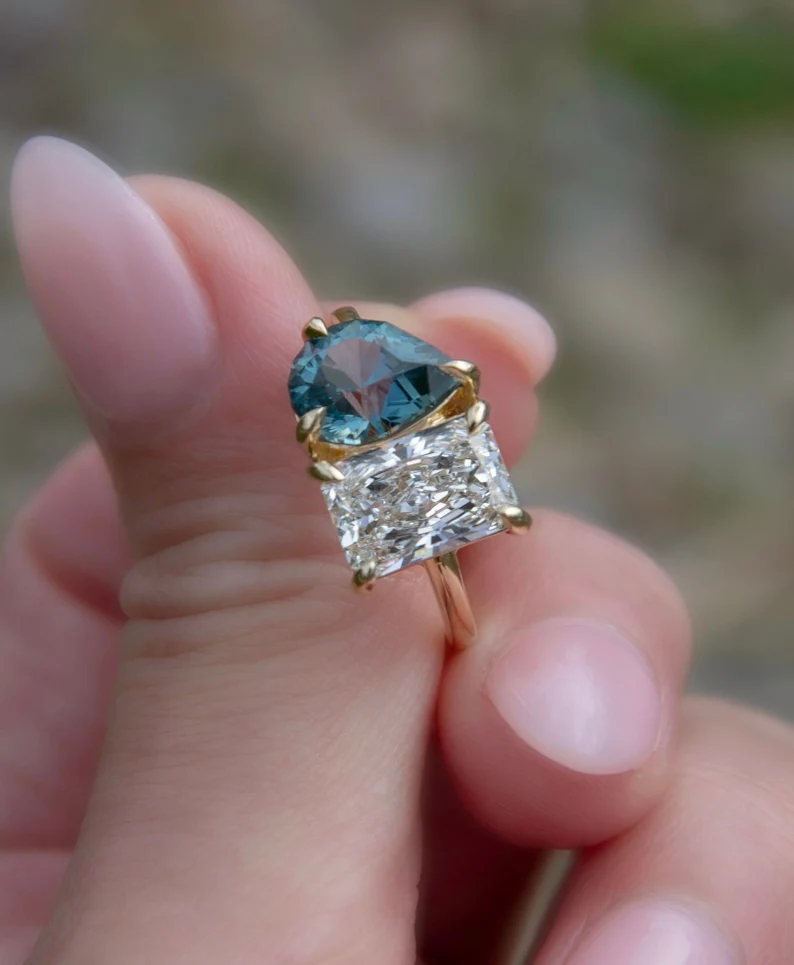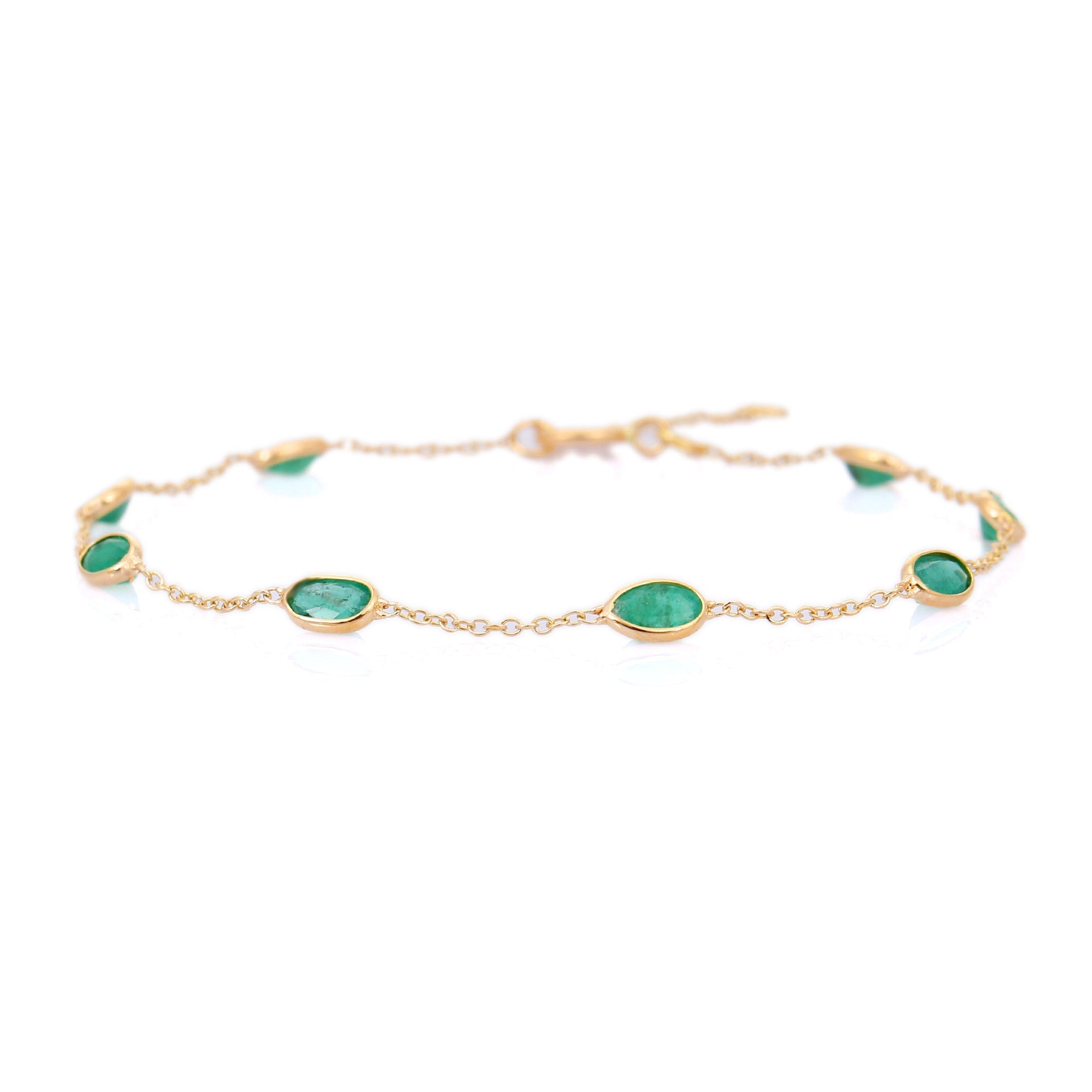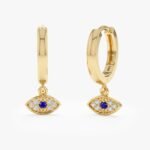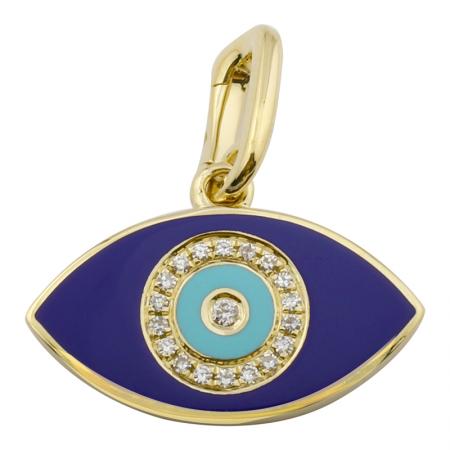Florida Humidity Test: Which Finishes Show Sweat the Least?

Florida is humid and hot. That drives sweat, salt, sunscreen and pool chemicals into every ring, bracelet and earring you wear. Some finishes show that wear quickly. Others hide it or resist chemical attack. This guide explains which finishes perform best in Florida humidity, why they behave that way, and practical choices for daily wear. I include specific metals, alloys and coating types so you can pick wisely.
How humidity and sweat damage jewelry — the why
Sweat is not just water. It contains salt (sodium chloride), oils, acids (variable pH), and minerals. Salt and chlorine accelerate corrosion. Acidic sweat speeds metal ion release. High humidity keeps moisture against the metal longer, promoting chemical reactions and microbial growth. Two mechanisms matter most:
- Chemical corrosion: Chloride ions attack metals (especially silver, copper and low-karat gold). Chloride-induced corrosion and tarnish create dark spots and green stains.
- Wear and coating loss: Thin platings and surface coatings abrade from friction and sweat. Once the coating is gone, the underlying alloy reacts faster.
Finishes that resist sweat the best (best to good)
These finishes combine a corrosion-resistant metal or a durable coating. I list why each works and practical limits.
- Platinum (solid Pt‑950), high polish: Platinum is inert. It does not oxidize or react with sweat. It develops a soft patina with wear but won’t blacken or green. Best for wedding rings you wear daily.
- Solid high‑karat gold, high polish (18K, 75% Au): Higher gold content means less reactive base metal. 18K resists sweat better than 14K (14K ≈ 58.3% Au) because it has less copper and silver. High polish sheds liquids and is easy to wipe.
- Rhodium‑plated white gold (freshly plated): Rhodium is a hard, inert metal. A typical plating is 0.5–1.5 µm thick. It prevents discoloration and resists sweat until it wears off. Expect replating every 1–3 years with daily wear in humid climates.
- 316L stainless steel, polished or brushed: Marine‑grade stainless (316L) contains molybdenum, which increases chloride resistance. It rarely stains from sweat and is low‑maintenance. Good for budget or active life pieces.
- PVD/DLC coated metals: Physical Vapor Deposition (PVD) and Diamond‑Like Carbon (DLC) coatings bond to the metal and are harder and thinner than traditional plating (typically 1–5 µm). They resist tarnish and chlorides far better than electroplating. Colors hold up well but edges can show wear if scratched.
- Titanium and anodized titanium (Ti‑6Al‑4V): Titanium is very corrosion resistant. Anodized color is an oxide layer formed electrochemically; it resists sweat but can fade under strong acids or abrasives. Solid titanium with a polished finish is nearly maintenance‑free.
Finishes that hide sweat marks but may still react
These finishes can conceal water spots or fingerprints but may darken or stain over time from chemical attack.
- Hammered or heavily textured finishes: Texture scatters light and hides droplets, fingerprints and tiny stains. But textures have more surface area and micro‑crevices that trap oils. They may darken with long exposure to sweat.
- Matte, satin, or brushed finishes: They hide tiny scratches and fingerprints well. However, the micro‑abrasions on the surface trap oils and can show a darker tone after prolonged sweat exposure. You can restore them with light refinishing, but that removes a thin layer of metal.
- Rose gold (14K or 18K) with matte finish: Rose gold contains copper. Copper offers warm color but forms patina and greenish stains with salt and sweat. Matte finish hides marks but chemical reactions still occur.
Finishes to avoid in Florida humidity
These are most likely to show sweat stains, tarnish or irritation.
- Sterling silver (925), any finish: Silver readily tarnishes with sulfur and chloride. In humid, salty conditions it blackens quickly and needs frequent polishing.
- Thin gold plating over base metals: Electroplated costume pieces have microns of gold over copper or brass. Sweat and humidity break through the plating fast, revealing dark base metals and green stains.
- Uncoated brass, bronze, or copper jewelry: These will patina and often leave green or black stains on skin when exposed to sweat, especially with salt and chlorine present.
Practical recommendations by use case
- Daily wedding band: Choose platinum or solid 18K gold in high polish. These materials resist corrosion and look good after simple cleaning.
- Active/living‑in jewelry (gym, beach): 316L stainless steel or titanium with a polished finish. They resist sweat, chlorine and saltwater. Avoid plated jewelry at the beach.
- Colored fashion pieces: Prefer PVD or DLC coated stainless/titanium. They keep color longer than standard plating. Expect scratches over time but not rapid tarnish.
- Sensitive skin/allergy concerns: Platinum, titanium and fully alloyed 18K gold are the safest. Nickel in some low‑karat gold or plated pieces can release ions with sweat and cause rashes.
Care tips to minimize sweat effects
- Rinse pieces with fresh water after heavy sweating or pool use. Salt and chlorine accelerate corrosion. Dry with a soft cloth.
- Avoid lotions, sunscreen and perfumes under rings. These substances trap moisture and accelerate coating wear.
- For rhodium‑plated white gold, plan on replating every 1–3 years with daily wear in humid climates.
- For textured finishes, schedule professional cleaning and light refinishing if the surface darkens. Re‑finishing can restore color and texture.
- Consider professional clear coatings (ceramic or PVD) for heirloom pieces that you want to protect without changing appearance. These are more durable than household clear lacquers.
Quick buyer checklist
- Pick inert metals for true resistance: platinum, solid high‑karat gold, titanium, 316L steel.
- For color, choose PVD/DLC over thin electroplating.
- Prefer high polish or hammered textures if you want easy wiping and less trapped oil.
- Accept maintenance for plated pieces: plan on replating or expect color loss.
- If you sweat heavily, avoid sterling silver, brass, and low‑karat copper‑rich alloys.
In short: for Florida humidity, choose inert metals (platinum, titanium, 316L steel) or durable coatings (PVD/DLC, thick rhodium with planned replating). Textured finishes hide marks, but inert metals and hard coatings are the only real defense against sweat, salt and pool chemicals. Follow the simple care steps and your jewelry will stay cleaner and last longer.




